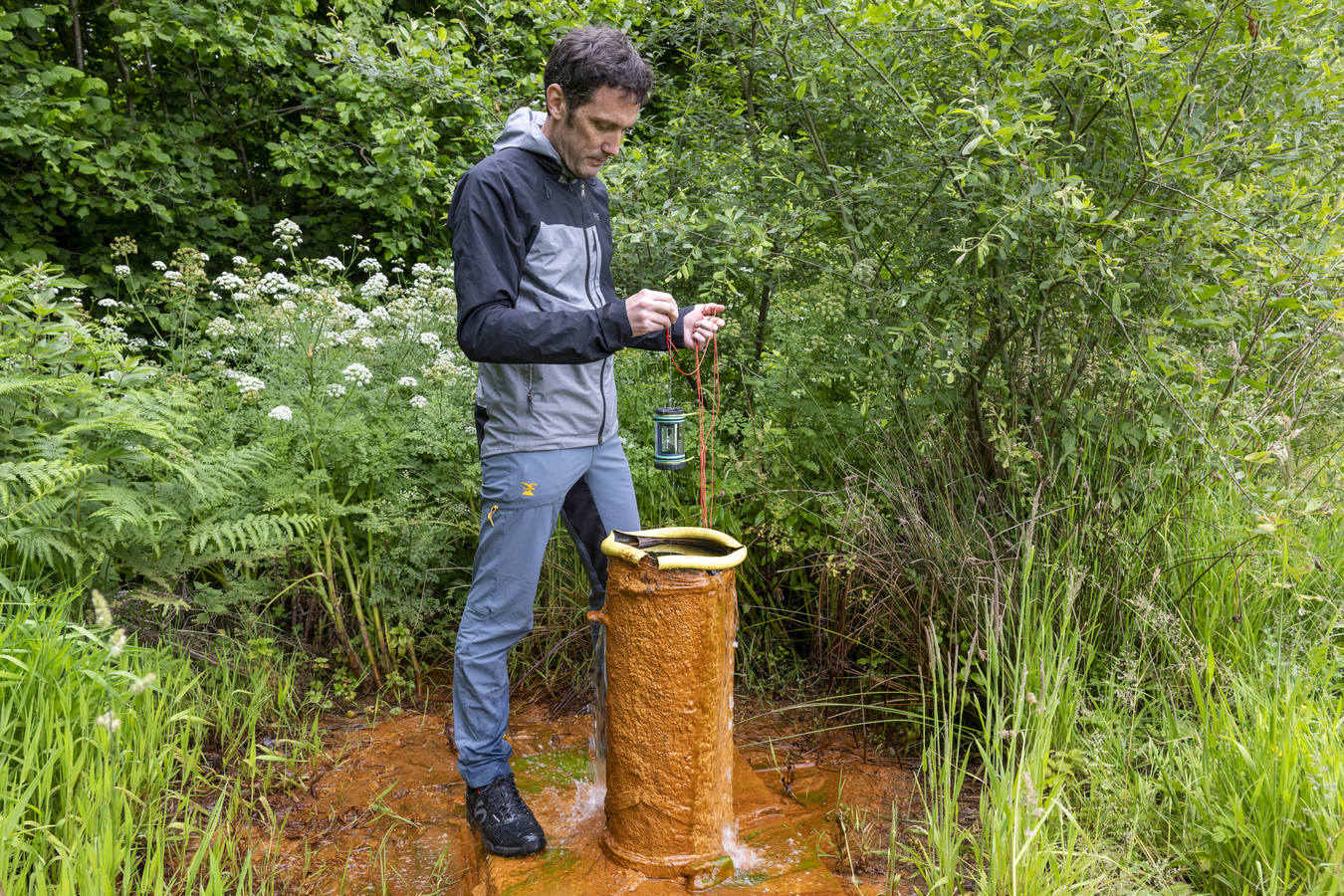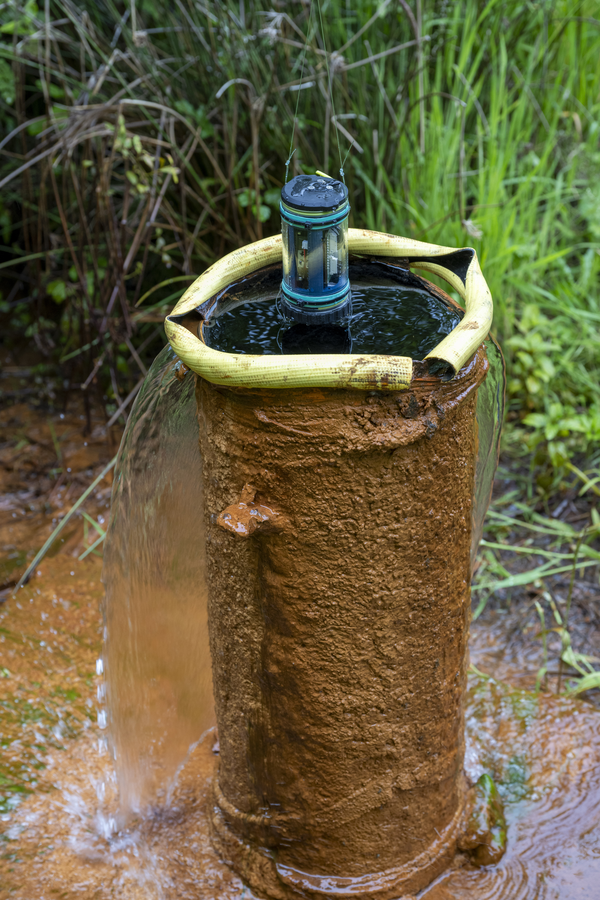Physico-Chemical Characterization of Aquatic Systems
High-resolution spatial and temporal monitoring of water resources is of growing interest to scientists, public authorities, and citizens alike, in order to better understand the impacts of anthropogenic pressures and climate change.
Off-the-shelf sensors currently fall short of meeting this demand, both in terms of the number of parameters they can measure, the frequency of measurements, and the spatial coverage needed.
The key challenge is to develop a new generation of low-cost, easy-to-use, and easy-to-deploy instruments, leveraging the latest communication (Internet of Things) and low-power technologies, and capable of high-frequency data acquisition.
The multi-parameter probe developed within the TERRA FORMA project builds upon previous research in oceanographic instrumentation conducted at LAAS, which led to the design of an initial low-cost fluorometer prototype for chlorophyll-a measurement (Chl.-a resolution : 0.1 µg/L), manufactured using additive manufacturing and costing around €50.
This fluorometer, driven by a low-power ARM Cortex M0 microcontroller (Arduino-compatible), integrates data storage and long-range LoRa communication, enabling data transmission to a server over distances of 2 to 20 km.
This new multi-parameter probe will incorporate measurements of : pressure, temperature, conductivity, chlorophyll-a, dissolved oxygen, turbidity, and photosynthetically active radiation (PAR). Beyond cost reduction, significant effort will also focus on improving instrument robustness against biofouling, using material engineering (composition and structure) and evaluating low-energy mitigation strategies.
The availability of a low-cost multiparameter probe—reducing costs by a factor of 100 compared to current solutions—represents a paradigm shift in the monitoring of freshwater, transitional, and coastal waters.
It enables unprecedented spatial and temporal resolution. Moreover, the simplicity of use will allow non-specialists such as fishermen, hikers, student groups, and citizens to participate in data collection. This would dramatically increase the volume of available data while raising awareness of water pollution and climate change impacts.
Themes : Water Resources, Pollution
- Beddows P.A. et al. 2018. Cave pearl data logger : A flexible arduino-based logging platform for long-term monitoring in harsh environments, Sensors (Switzerland). 18, 1-26. https://doi.org/10.3390/s18020530
- Leeuw T. et al. 2013. In situ measurements of phytoplankton fluorescence using low cost electronics. Sensors (Switzerland) 13, 7872-7883. https://doi.org/10.3390/s130607872
- Staudinger C. et al. 2018. A versatile optode system for oxygen, carbon dioxide, and pH measurements in seawater with integrated battery and logger, Limnology and Oceanography : Methods. 16. 459–473. https://doi.org/10.1002/lom3.10260
- Sanchez R. et al. 2023 Development of a frugal, in-situ sensor implementing a ratiometric method for continuous monitoring of turbidity in natural waters. Sensors. 23(4), 1897- ???. https://doi.org/10.3390/s23041897 hal-03975657
Updated on 21 juin 2025





